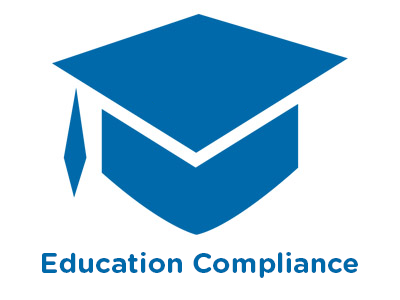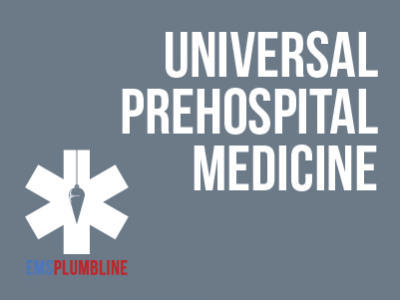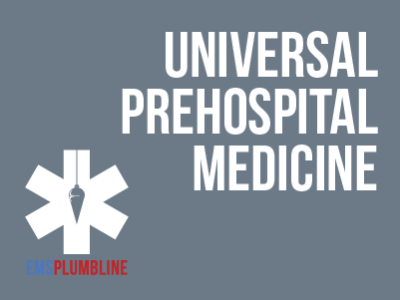 |
Course 33: Youth Development Trends: Focus on Older Youth |
2.00 |
The Center for Early Adolescence at the University of North Carolina and the Search Institute have found that early adolescence is a time of rapid change in youth development and developmental needs. For many children, the characteristic needs of early adolescence begin to emerge as early as age nine, when children are still in elementary school and attending traditional OST programs. OST professionals who understand these emerging needs are better equipped to create successful program experiences with older children in their programs.
The number of quality OST programs for children between five and twelve is steadily growing across the country. At the same time, there is increasing public interest in establishing programs that can also address and support the out-of-school needs of children over age twelve. For many years, communities tried to meet the needs of older youth by a problem-solving approach that focused on helping youth by fixing what was wrong. New trends in youth development take a more positive approach and are focused on working with youth to create positive outcomes.
OST professionals who are knowledgeable about adolescent development and developmental needs and are knowledgeable about youth development research and trends can play important roles in helping their communities design and develop the next level of program services for children over the age of twelve. By learning about ways to support the developmental needs of older youth, OST professionals can join with others to create strategies and programs for continuing to build on the positive experiences younger children have in their OST programs. |
 |
Youth Development Trends: Focus on Older Youth |
2.00 |
The Center for Early Adolescence at the University of North Carolina and the Search Institute have found that early adolescence is a time of rapid change in youth development and developmental needs. For many children, the characteristic needs of early adolescence begin to emerge as early as age nine, when children are still in elementary school and attending traditional OST programs. OST professionals who understand these emerging needs are better equipped to create successful program experiences with older children in their programs.
The number of quality OST programs for children between five and twelve is steadily growing across the country. At the same time, there is increasing public interest in establishing programs that can also address and support the out-of-school needs of children over age twelve. For many years, communities tried to meet the needs of older youth by a problem-solving approach that focused on helping youth by fixing what was wrong. New trends in youth development take a more positive approach and are focused on working with youth to create positive outcomes.
OST professionals who are knowledgeable about adolescent development and developmental needs and are knowledgeable about youth development research and trends can play important roles in helping their communities design and develop the next level of program services for children over the age of twelve. By learning about ways to support the developmental needs of older youth, OST professionals can join with others to create strategies and programs for continuing to build on the positive experiences younger children have in their OST programs. |
 |
Building Upward: BLS Pharmacology Lesson 1—Albuterol |
1.50 |
The Building Upward Series is designed for the EMT who would like to review their basic skills and learn a little more than what was offered in the standard original course. If you are an EMT who is looking for a challenge and would like to know what questions to ask, this series is for you. Most BLS providers find the world of pharmacology to be one of the more confusing topics in prehospital medicine. This is the first lesson in a series that gives the BLS provider an opportunity to relate some advanced concepts to their practice as BLS providers. We begin with the commonly used medication albuterol sulfate and discuss many fundamental concepts that every provider should know when administering medications in a prehospital setting. Final Exam: This multiple choice exam is designed to test your knowledge of the material you just reviewed. You have two attempts to gain a 75% or higher on this exam. Please take your time and answer each question carefully. |
 |
Overview of the Americans with Disabilities Act |
0.50 |
The Americans with Disabilities Act prohibits discrimination based on disability by protecting qualified individuals with disabilities from employment discrimination, and by requiring employers to provide reasonable accommodations. The Americans with Disabilities Act also protects qualified persons with disabilities from discrimination in many areas of higher education, including admission, academics, and research. It applies to all post-secondary educational programs, whether or not they receive federal financial assistance. |
 |
After School Improvement Series: Outdoor Environments |
0.50 |
The After School Improvement Series: Outdoor Environments course will:
Describe different types of outdoor environments, along with the opportunities and challenges each one offers.
Discuss the role outdoor environments play in encouraging children to be active, while promoting a range of different experiences.
Identify the steps you can take to ensure that the outdoor environment is safe and accessible for all children.
Explore how outdoor environments can be used to extend learning opportunities found in indoor environments.
|
 |
Framing: Interviewing a Flight Medic |
1.00 |
The advent of Helicopter Emergency Medical Services (HEMS) has opened the door for care that is often superior to what can be done on the ground. Most providers will look to the speed of transport as the benefit that a helicopter can offer. This lesson is designed to allow the Ground Emergency Medical Service (GEMS) Provider a chance to think differently about HEMS. This interview sheds some light on how just one Flight Medic approaches her job. This enlightening talk will offer a GEMS provider the opportunity to value not just what HEMS can do for the patient but gain some insight as to how the people on the aircraft can make a difference to the persons in need of assistance. Final Exam: This multiple choice exam is designed to test your knowledge of the material you just reviewed. You have TWO attempts to gain a 70% or higher on this exam. Please take your time and answer each question carefully. |
 |
Neurogenic Shock Reviewed |
1.00 |
Terms that are commonly heard, such as neurogenic shock and spinal shock often confuse EMS providers. Knowing the meaning of each term is only the beginning. In this overview, Dr. Jeremy Cushman offers a few pearls of wisdom that will assist EMS providers of all levels with the secondary assessment of patients who may have suffered life-threatening spinal trauma. Test: This multiple choice exam is designed to test your knowledge of the material you just reviewed. You have one attempt to gain an 70% or higher on this exam. Please take your time and answer each question carefully.
|
 |
Technology Coaching in Education |
0.75 |
Technology has become an integral part of education. This course covers the responsibilities, benefits, and challenges associated with technology coaching in education. It is designed to help teachers effectively integrate technology into the classroom to improve teaching outcomes. It is just one of the many K-12 education courses we offer. |
 |
Motivation: Identifying, Planning, and Implementing: The Core Four (Instructor Guide) |
1.00 |
Surrounding the positive mental attitude are the Core Four components. These key areas of focus are critical to your motivation and your success. The Core Four elements are health, competence, relationships, and organization. Each of these elements requires focused attention. Without attention to one area, your life will be out of balance. Each area complements the other and is powered by your positive attitude.
In this course you will learn to: strive for good health to foster a positive mental attitude, maintain your competence to nurture a positive mental attitude, improve your relationships to indirectly improve a positive mental attitude, and strive to be organized to encourage a positive mental attitude.
This Instructor's Edition of this course includes notes and suggestions to assist you in presenting the material, whether in an in-person classroom setting, or as an instructor-led online or distance-learning course. It also provides you with the answers to questions found in mid-lesson activities, as well as in the quiz that concludes the course. |
 |
Motivation: Identifying, Planning, and Implementing: The Core Four |
1.00 |
Surrounding the positive mental attitude are the Core Four components. These key areas of focus are critical to your motivation and your success. The Core Four elements are health, competence, relationships, and organization. Each of these elements requires focused attention. Without attention to one area, your life will be out of balance. Each area complements the other and is powered by your positive attitude.
In this course you will learn to: strive for good health to foster a positive mental attitude, maintain your competence to nurture a positive mental attitude, improve your relationships to indirectly improve a positive mental attitude, and strive to be organized to encourage a positive mental attitude. |











